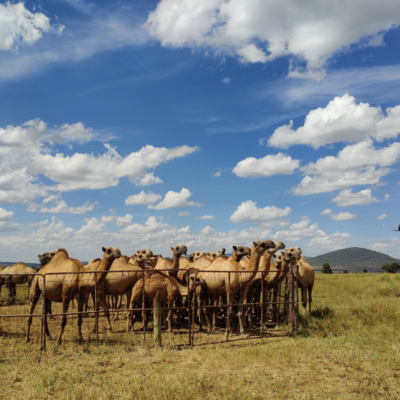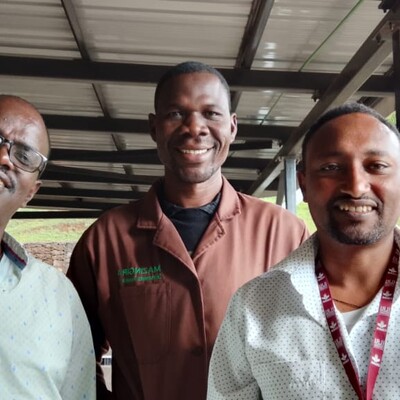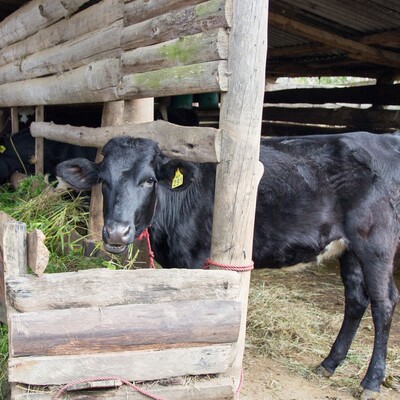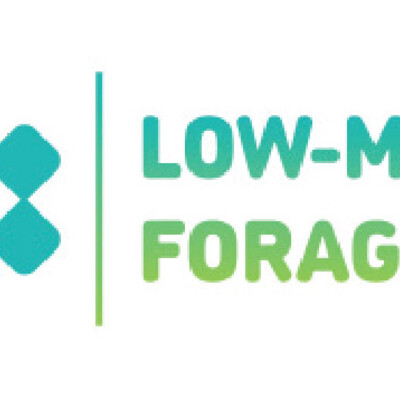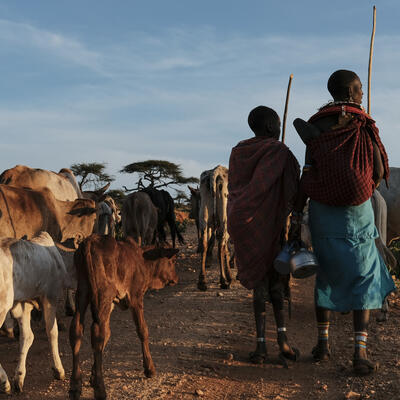
GHG Emissions, Climate Change Mitigation, and MRV
Animals
Major Findings or Achievements
- Comprehensive GHG Emission Inventories:
- Our data support national and international reporting, including contributions to the IPCC emissions factors database.
- Key data IDs for IPCC Database: 424315 to 424322
- Our data support national and international reporting, including contributions to the IPCC emissions factors database.
- MRV Systems:
- We provide accurate and reliable GHG emission data, enhancing tracking and reporting capabilities.
- Effective Mitigation Strategies:
- Our research identifies and promotes strategies for reducing emissions, such as dietary adjustments for livestock and health interventions.
Technical Innovations
- A protocol for activity data collection and calculation of emissions factors needed to estimate GHG emission from livestock enteric emissions
Selected Publications
- Effect of Gastro-Intestinal Tract Parasites in Sheep on Enteric Methane Emissions (Mwangi et al., 2023)
- Effect of Supplementation with Tanniferous Forage or Concentrate on Livestock Productivity and Enteric Methane Emissions (Korir et al., 2022)
- Effects of Tropical Grasses (Napier, Rhodes, Brachiaria) on Livestock Productivity on Enteric Methane Emissions (Korir et al., 2022)
- Effect of Below Maintenance Feeding in Cattle on Enteric Methane Emissions (Goopy et al., 2020)
- Supplementing Tropical Cattle for Improved Nutrient Utilization and Reduced Enteric Methane Emissions (Ali et al., 2019)
Manure & Soils
Major Findings
- Comprehensive GHG Emission Inventories:
- Our data support international reporting, including contributions to the IPCC emissions factors database.
- Key data IDs for IPCC Database: 422663 to 422667, 424897 to 424904
- We have developed a protocol for accurate measurement and reporting of GHG emissions from manure.
- Our data support international reporting, including contributions to the IPCC emissions factors database.
- Effective Mitigation Strategies
Selected Publications
- GHG emissions from cattle enclosures in semi-arid sub-Saharan Africa (Leitner et al., 2024)
- Effect of feeding practices on GHG emissions from manure heaps (Leitner et al., 2021)
- Several publications on methane and nitrous oxide emissions from cattle manure on pasture for different manure qualities, soil types, as well as from dung & urine separately (Zhu et al., 2018; Zhu et al., 2020; Zhu et al., 2021a; Zhu et al., 2021b; and Pelster et al., 2016)
- Emission factors for sheep manure on pasture (Zhu et al., 2024)
- Review on soil N2O emissions from maize and upscaling to SSA continental scale under different yield-gap scenarios (Leitner et al., 2020)
- Soil GHG emissions from different land use systems in SSA, including smallholder farms and pastoral rangelands (Pelster et al., 2017; Wanyama et al., 2018; Wachiye et al., 2020)
Ecosystems
Eddy covariance (EC) towers provide a powerful tool to quantify greenhouse gas and energy exchange e between land and atmosphere. Consequently, the derived data enable countries to accurately report their GHG emissions under UNFCCC while also allowing them to evaluate solutions for climate change mitigation. Moreover, the continuous, non-invasive ecosystem-scale information provides insights into ecosystem functions (such as carbon storage and water use efficiency) and their responses to changes in land management and climatic extremes. In rangelands and croplands, for example, these measurements help us to understand the effects of grazing and farming on vegetation carbon uptake, biomass productivity, ecosystem respiration, moisture retention, and drought stress resilience. Eddy covariance is commonly combined with field sampling, remote sensing, and modeling activities to support land management planning, climate predictions, and early warning systems while also informing policies that balance food security and nutrition needs while preventing the over-exploitation of that natural resources.







